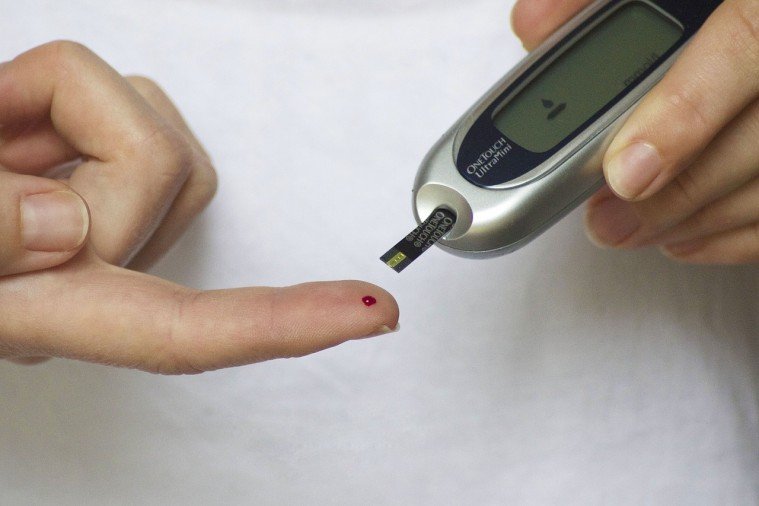According to a new report released by the CDC, more than 100 million Americans have diabetes or prediabetes. About one-third of people who have who have diabetes -approximately 8 million adults – are undiagnosed and unaware of their condition. Being able to recognize type a diabetes symptoms and type 2 diabetes symptoms is a vital part of catching the disease early on and forming a treatment plan. Prediabetes symptoms often do not exist, and many early symptoms of diabetes are largely unknown and go unnoticed.
The exact cause of type 1 diabetes is unknown, but it usually develops when the body’s immune systemdestroys the insulin-producing cells in the pancreas by mistake. Risk factors for type 1 diabetes include:
- Family history – Anyone with a parent or sibling with type 1 diabetes has a greater chance of developing the condition.
- Genetics – Certain genes in the body may indicate an increased risk of developing type 1 diabetes.
- Age – Symptoms of diabetes in children or adults can appear at any age, but most commonly appears at two peaks. The first peak is between ages 4 and 7, and the other peak is between ages 10 and 14. Symptoms of type 1 diabetes in children include extreme fatigue, extreme thirst, constant urination, abdominal pain, nausea and vomiting, blurry vision and wounds that do not heal.

Type 1 Diabetes Symptoms
-
- Feeling thirsty frequently and having a dry mouth
- Changes in appetite
- Fatigue
- Mood Swings
- Blurred, worsening vision
- Slow healing of skin wounds, frequent infections
- Unexplained changes in weight
- Heavy breathing
- Loss of consciousness
- Nerve damage that causes tingling sensations, pain and numbness in the limbs, hands and feet
Type 2 diabetes develops when they body becomes insulin-resistant, or when the pancreas stop producing an adequate amount of insulin. Symptoms of diabetes type 2 in adults may stem from genetics or environmental factors. Risk factors include:
- Weight – Being overweight is a primary risk factor for type 2 diabetes.
- Fat distribution – A body that stores fat primarily in the abdomen has a greater risk of developing type 2 diabetes.
- Inactivity – The less active you are, the greater your risk is of developing the condition.
- Family history – If a parent of sibling has type 2 diabetes, your risk may increase.
- Age – The risk of type 2 diabetes increases as you age, but type 2 diabetes is also increasing in children, adolescents and younger adults. Symptoms of type 2 diabetes in children include unexplained weight loss, dry mouth, fatigue, constant urination, blurred vision, heavy breathing and itchy skin.

Type 2 Diabetes Symptoms
-
- Chronically dry and itchy skin
- Patches of dark, velvety skin in the folds and creases of the body
- Frequent infections
- Unexplained weight gain
- Pain, swelling, numbness or tingling in the hands and feet
- Loss of libido, reproductive problems and sexual dysfunction